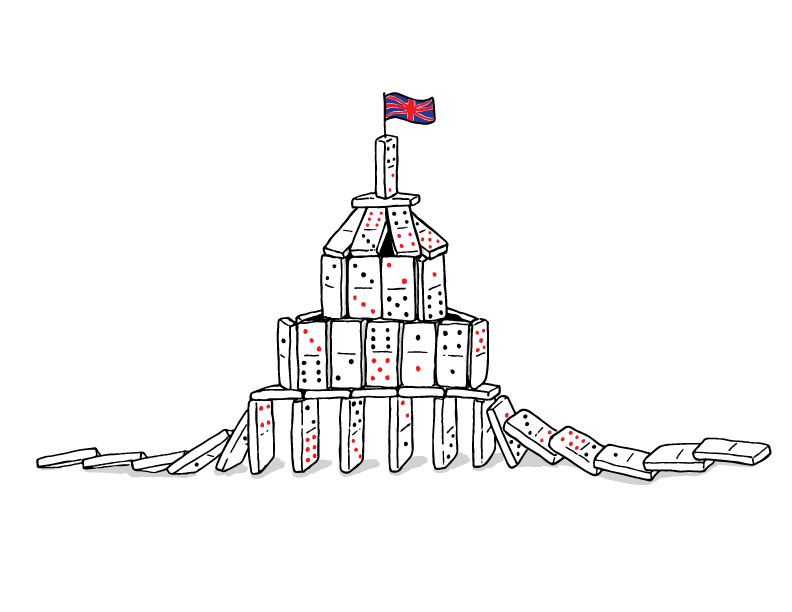Video games find themselves in an odd place today. With the exception of a few well-recieved games like “Super Mario Odyssey,” “For Honor,” “Breath of the Wild” and “Horizon Zero Dawn,” triple A-game makers are struggling to find success. This is where indie gaming comes into the picture. It’s in this quickly growing cultural scene that we will find parallels between gaming evolution and the progression of art.
Indie versus triple A–game makers
Large companies like EA, Bandai Namco and Ubisoft are all seeing a dip in sales. Ubisoft’s “Watch Dogs 2” saw an 80 percent decrease in sales compared to the first game, Arkane Studios’ “Dishonored 2” dropped 40 percent and Gamestop is on the verge of shutting down. This might be due to the trends these companies follow including paid DLCs, micro-transactions and preorder models that seem more like cash grabs than gamer centric business models.
Meanwhile, independent gaming is gaining traction. Indie gaming has existed since the start of gaming, but it exploded into popularity with the rise of the internet.
When game distributors like Steam began making independently developed games accessible, the indie gaming scene skyrocketed. Big names like Hideo Kojima have gone independent. Those who have found success in the indie scene, like Edmund McMillen, have stayed independent.
Early indie hits like “Super Meat Boy” (2008) and “Braid” (2008) were built off well-established gaming formats. In the last 10 years, however, mainstream games have since degenerated.
Games like “Surgeon Simulator” (2013) and “I Am Bread” (2015) riff hard on minimum effort simulation games which are made difficult by odd control schemes. “I Am Bread” literally puts you into the role of a piece of bread with the lone instruction to “become toast,” and the sole action of 2010’s “Cow Clicker” is—you guessed it—clicking on a cow.
Gaming and art
If you’re a hardcore gamer with a bonafide enthusiasm for aesthetics like I am, then all this is falling into an all too familiar pattern: the macro trends in art. Video games progress, as art has, into categories of modernism, postmodernism and post-postmodernism.
“Make it new,” poet and critic Ezra Pound said of the modernist approach. Just as artists in the early 20th century were finding new ways to portray old themes, early indie game makers approached the games they loved in fresh ways. “Super Meat Boy,” for example, took concepts of platform gaming from Super Mario Bros. and made a faster-paced puzzle that forces players to plan creative approaches to each level.
The macro trend of postmodernism is to riff off of the modernism that inspired it. “Soda Drinker Pro” (2016) pretends to be a crappy acid trip of glitchy graphics and awful controls until you discover its much more polished underside. Simulation games like “Mountain” (2014), which promises to “fulfill your dreams of becoming a mountain”, also stretch the definition of what a game can be, breaking all tropes and rules in order to create a fresh experience.
Triple A–game companies are dropping in sales primarily due to stale and economically driven products. Indie games, on the other hand, are bringing in change with strange themes and stripped down game formats.
Post-postmodernism, then, is the natural next step in the evolution of gaming. This artistic evolution shows that trends fade and gaming will eventually return to its roots: telling stories and appreciating them unironically, creating an in-depth experience with real emotions and a worthwhile story.







